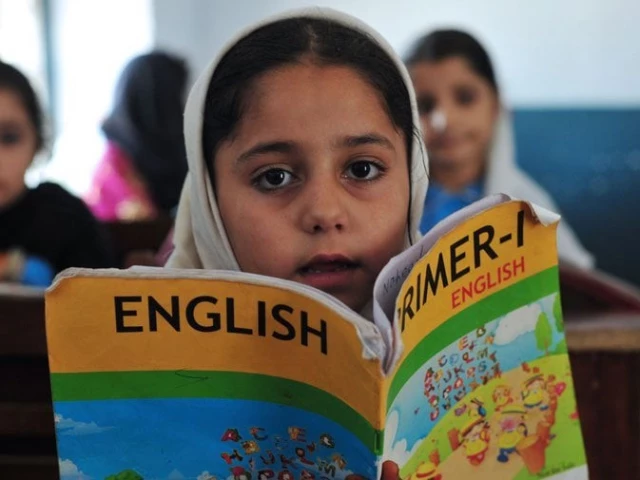
The provision of free education is often idealized as the benchmark of development across the globe and is wholly welcomed by the public. However, the condition of state-sponsored education in the most populous province in Pakistan is such that the government has to plead with parents to send their children to public schools.
Despite the provincial administration's tall claims of reforms in education, the harsh reality of public schools is laid bare following the government’s desperate attempts to boost enrolment by publishing advertisements in newspapers, running campaigns on social media and making announcements through mosques. Apparently, the government has set a target of admitting at least two million children from classes one to 12 in government schools this year.
According to information received by The Express Tribune, there are currently a total of 41,100 schools across Punjab, of which 850 are higher secondary schools. 8,100 are high schools, 10,000 are middle schools while 22,000 are primary schools. Currently, nine million students are enrolled in the public education sector, with 6,437,956 students in primary schools, 2,612,932 studying in middle schools, 1,355,620 at high schools and 119,865 enrolled in higher secondary schools.
A retired officer from the education department revealed, on the condition of anonymity, that the admission statistics of government schools were limited to files only. “School teachers make fictitious admissions to please the education department and the government. In the past, during the tenure of Chief Minister Usman Buzdar, fictitious admissions of 1.8 million children were caught in schools across Punjab and the school administration was given a free hand to discharge the ghost children, bringing the enrolment down from 11.8 million to 9.8 million,” said the officer.
Rana Muhammad Altaf, another retired government officer, revealed that both he and his children had studied in government schools. “However, now I will not let my granddaughter study at a government school. Firstly, the atmosphere at these schools does not meet current demands. Secondly, there is neither clean water for drinking, nor are there proper grounds or airy classrooms for the students. However, all these facilities are available in the private sector,” said Altaf.
Educationist Professor Asif Tanveer opined that the government’s appeal for admission to public schools was proof of the state of the national education system. “Why does the education department have to beg parents to send their children to government schools? When these schools do not even have basic facilities like computers, laboratories, furniture, clean drinking water, and playgrounds, why would any family be willing to enroll their children,” questioned Tanveer.
On the other hand, the Provincial Education Minister Rana Sikandar Hayat claimed that his own child was studying at a government school. “We will ensure that we meet the target of enrolling 2 million students. Free books and uniforms will be provided to students while the condition of sports fields and water filtration plants will also be improved. We are providing modern pedagogical training to teachers. Soon the public will prefer to leave private schools and enrol their children in government schools,” assured Hayat.
Conversely, whilst acknowledging the contributions of the government towards education, Punjab Teachers Union General Secretary Rana Liaquat Ali highlighted the lack of attention given to teachers. “Teachers, who are the backbone of the education system, are facing numerous problems. There is a need to take steps to improve their promotion structure and economic conditions. However, their pension and gratuity have been reduced while the promise of restoring leave encashment could not be fulfilled,” said Ali, who believed that the efforts to attract more students were futile given that the government was giving stepmother treatment to teachers.




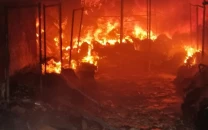




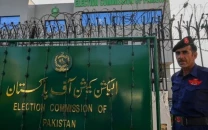
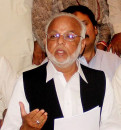
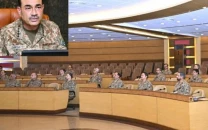
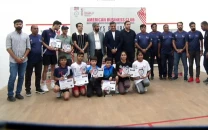
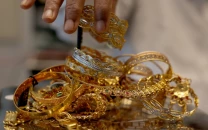
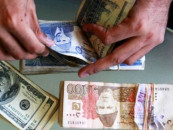
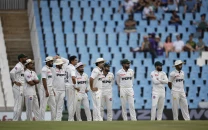


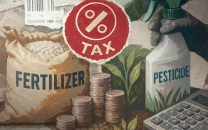

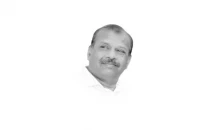




COMMENTS (1)
Comments are moderated and generally will be posted if they are on-topic and not abusive.
For more information, please see our Comments FAQ